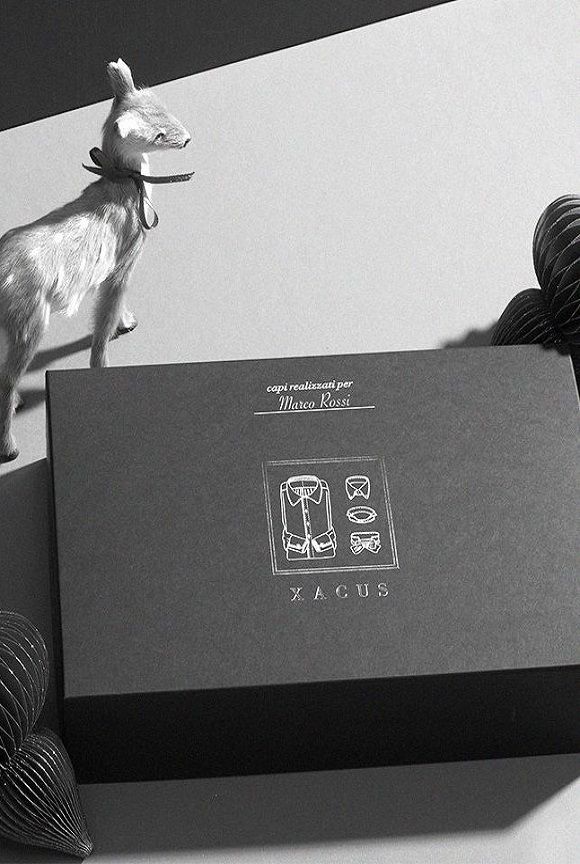And here we are, having reached the last stage of our journey through the history of the shirt. It had begun back in ancient times and the Medieval period, when the garment had been worn by grand kings. We had then continued our trip in the Renaissance, the period in which the aesthetic function of the shirt became increasingly significant; then, in the Baroque and Rococò periods, the shirt had become more ostentatious, and in the second half of the 18th century more comfortable. Finally, our last milestone, that of the 19th century, witnessed the white shirt as it endowed itself with details and became the prerogative of artists.
In the 20th century, the shirt is the fundamental garment in any man’s wardrobe, in a society bowled over by a profound change: that of the urbanization of the world’s cities. The new social and economic scene features people who have moved from the countryside to the city and changed jobs. The shirt is no longer a garment to be hidden away, but is now rather one to be shown off, identifying its wearer as the member of a certain social class. The striped or checked shirt, made with hardy fabrics, is the “uniform” of those who do heavy, manual jobs. Instead, the white shirt, with its lapelled collar, is the status symbol of the office worker, the aptly named “white collar worker”, and is also a must for any formal evening out.
In this way, the shirt becomes the star of the arts and the media. Several books written at the end of the 1800s respond to the requirements of those who wear the shirt every day, showing techniques for wearing and cleaning it effectively. Workers of all kinds are the protagonists of the century’s literature, painting, photography and cinema, and each wears a different kind of shirt: from Giovanni Verga’s fishermen in shirt sleeves, to the cow-boys in westerns who don real woollen shirts, to the flyaway styles sported by Rudolph Valentino.
And finally, the shirt transforms itself in each of its categories. In the workwear category, stiff collars and starched cuffs disappear; cuff links and jewelled buttons give way to simple, comfortable buttons. At the same time, for the elegant shirt, the concept of distinction is reinforced by the quality of the fabrics, the sophisticated light colours used, the originality of the designs and the range of different sleeves and collars.
Having reached the end of our journey, we can look at the shirt we are wearing through new eyes. When we choose it from the wardrobe, we can now reflect on the changes that this garment has undergone throughout the course of history. We see it as a diva of the past in many different forms and colours and also picture it as a star of the future, as it becomes increasingly more technological and capable of meeting the needs of its wearer.

